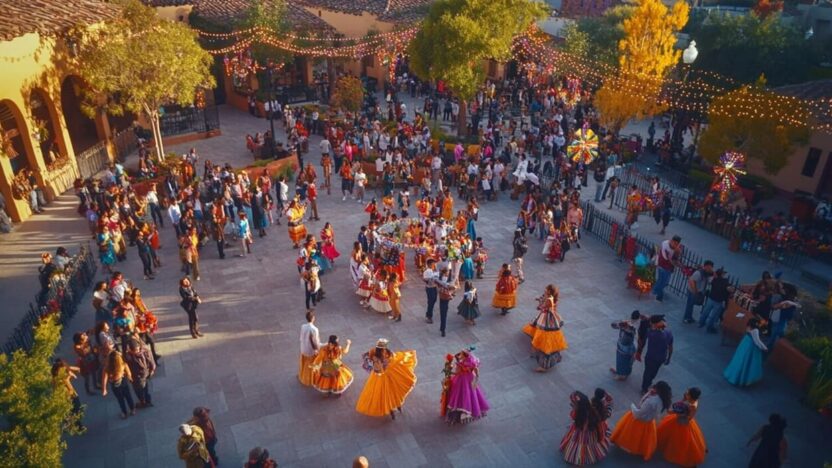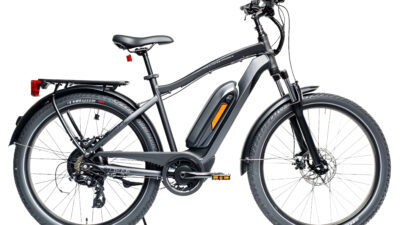Tourism event management is changing. It’s no longer just about getting people into a venue and making sure the lights work. There’s more going on now. Cities, towns, and even small communities are finding ways to bring people together with tourism expos, fairs, and big seasonal festivals. And with the tourism industry growing again, 2025 is looking like a year where event organizers need to stay sharp and adapt.
Let’s walk through some of the big trends that will shape how tourism events get planned and run in the year ahead.
1. Local Culture is Taking Center Stage
Organizers are realizing that travelers want something real. Tourists don’t want a copy-paste event that feels like it could be in any city. They want the food that locals eat, the music locals love, and a setup that speaks to the spirit of the place.
So if you’re running a tourism fair or a festival and event tourism campaign, try pulling in more neighborhood vendors, regional performers, and local artists. People remember those details more than a fancy setup.
2. Smaller, Themed Events Are Gaining Ground
While big tourism expos and large tourism conferences still matter, smaller niche events are quietly picking up. A food-focused tourism event, or a craft-focused fair, often draws a dedicated crowd. And these folks stay longer, spend more, and come back next year.
There’s also less pressure to fill a massive venue. You can focus on giving a better experience to a tighter group of people. Think quality over size.
3. Digital Tools Are Part of the Plan (Not Just Add-ons)
Online ticketing isn’t new. But now, the entire flow of tourism event management involves digital support. Things like QR codes for entry, mobile maps, and live notifications are now expected by guests.
In 2025, organizers are expected to lean even more into tech. For example, some tourism expos are testing smart badges that help track foot traffic across booths. This gives event hosts insights into what areas worked well, and which ones didn’t.
If you’re not using any digital tools to support your event, you might fall behind.
4. Sustainability Is No Longer Optional
It’s not just about paper straws anymore. Visitors, sponsors, and even local governments are pushing events to show their eco plans. Things like recycling stations, water refill stands, and reusable event passes are becoming normal.
For a tourism fair or a long-running festival, adding even small green practices helps. You could offer discounts for attendees who bring their own cups or bags. Or you could partner with local eco groups to manage waste during the event.
Doing this not only helps the planet but also builds trust with guests.
5. Hybrid Events Are Here to Stay
Some people want to attend in person. Others prefer to log in from another country. Hybrid events—where there’s a mix of in-person and online experiences—are going to stay around in 2025.
Tourism conferences are already leading this shift. Offering live streams of key sessions, virtual booths, or post-event recordings helps broaden your reach.
You don’t need a massive tech setup. Even a few sessions streamed via social media can make your event more accessible.
6. Community Involvement Is a Must
People in the tourism industry are starting to see how events affect the communities that host them. If locals feel ignored or overwhelmed, the long-term value of tourism events goes down.
Organizers are now making it a point to involve local businesses, volunteers, schools, and artists in the event plan. It builds goodwill and spreads the benefits around.
Festival and event tourism efforts that include the community always tend to last longer and feel more meaningful.
7. Personalization Matters More
Guests want to feel like the event was made for them. This doesn’t mean custom-made gifts or huge changes. Sometimes, it’s as simple as offering language options at the check-in counter, creating kid-friendly zones, or having quiet spots for older attendees.
A tourism expo that welcomes all age groups and interests will always do better than one that just pushes brochures.
Organizers who pay attention to guest types—families, solo travelers, industry experts—end up running better events.
8. Data Isn’t Just for Post-Event Reports
Many organizers still think data is only useful after an event. But real-time feedback is changing that. Some events now use mobile polls, live ratings, or simple voting stations during the tourism fair itself.
If you’re running a tourism conference, you can use quick surveys after each session to adjust what’s coming next. People like being asked for their opinion. And it helps you improve on the spot.
9. Security and Crowd Control Are a Bigger Deal Now
Large events come with risks, and visitors want to feel safe. More tourism events in 2025 are adding extra layers like visible security, better signage, and contactless check-ins.
You don’t have to go overboard. Clear communication, trained volunteers, and a solid emergency plan can go a long way in keeping things smooth.
10. Storytelling Still Wins
Even with all the tech and tools, the best tourism events still tell a story. Whether it’s about a region’s food, its people, or its traditions—every fair, festival, or conference should feel like it’s part of a bigger idea.
If the story is clear, visitors remember it. And that’s what makes them return or recommend it to others.
Final Thought
Tourism event management in 2025 isn’t about chasing trends for the sake of it. It’s about picking the ones that help you run a better, smarter, and more welcoming event. Whether you’re planning a tourism fair in a small town or a tourism expo in a big city, keeping these ideas in mind can help you create something people talk about long after it ends.



